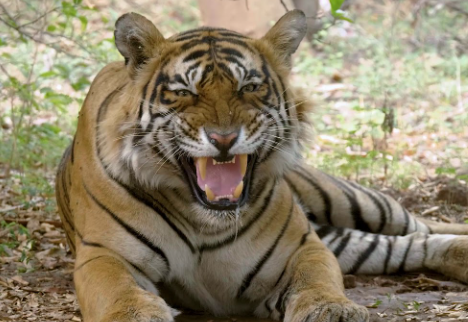The roar of the Royal Bengal Tiger is not just a sound; it is a powerful emblem of wildlife’s majesty. This magnificent big cat is prevalent in South Asia and is an essential part of the ecosystem. Understanding their vocalizations can deepen our appreciation for these incredible creatures and promote efforts toward their conservation.
Roaring as a Communication Tool
The roar of a Royal Bengal Tiger serves multiple purposes in communication. Tigers use their roars to establish territory, signal to potential mates, and communicate with their young. The sound can travel up to a few miles, allowing tigers to assert their presence in dense forests and jungles. By understanding the significance of their roar, we can gain insight into their behavior and needs within their natural habitat.
The Science Behind the Roar
What makes the Royal Bengal Tiger’s roar so distinctive? Researchers have found that tigers possess a unique larynx structure, allowing them to produce deep, resonating sounds. This vocal quality helps them reach frequencies that can resonate through their environment, making their roar effective at claiming territory. The roar can vary in tone and intensity based on the tiger’s emotional state or intentions, providing an intricate language that not only conveys messages but also helps maintain social order among these solitary giants.
Conservation through Awareness
Awareness of the Royal Bengal Tiger’s roar can play a vital role in conservation efforts. Understanding their behavior and vocalizations is crucial for monitoring their populations and habitats. As the tiger faces threats from poaching and habitat loss, educating the public about these majestic animals can inspire action. By raising awareness and promoting initiatives that protect their environments, we help ensure that future generations can continue to hear the powerful roars of these incredible big cats.
In conclusion, the roar of the Royal Bengal Tiger is a remarkable aspect of its identity, serving as a powerful communication tool integral to its survival. By learning more about these monumental creatures, we not only enrich our appreciation for wildlife but also contribute to their conservation. Let’s explore more about the Royal Bengal Tiger and take action to secure a future where their roars echo in the wild for years to come.

